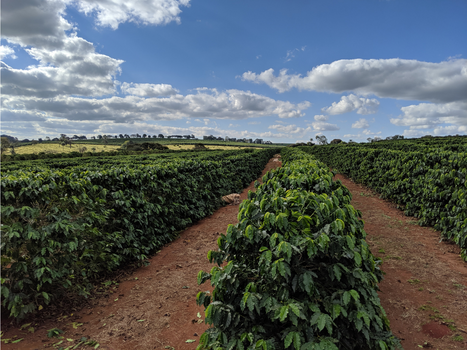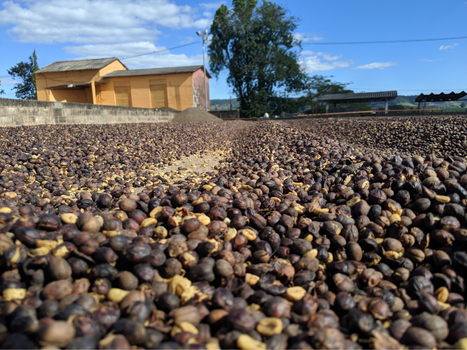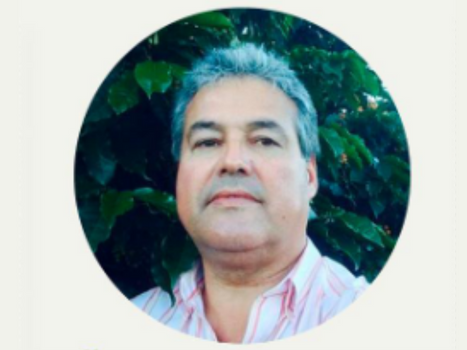Brazil Eagle Mogiana (2023 Crop)
| Bag Weight | 60 KG BAG |
|---|---|
| Harvest Season | 2023/24 |
| Status | Spot |
| Lot Number | BR-MOG-NJ-23 |
About This Coffee


History of Coffee in Brazil
American colonists had been drinking coffee for fifty years before the first coffee seed was planted in Brazil in 1727. A hundred years later, Brazil accounted for 30% of the world’s coffee supply. A hundred years after that, in the 1920’s, Brazil held a virtual monopoly, producing 80% of the world’s coffee. Although Brazil’s market share peaked at 80% in the 1920’s, its continuing status as the world’s largest coffee producer still gives the country considerable influence on the market and coffee prices. It is said that when Brazil sneezes, the coffee world catches cold. In 1975, a “black frost” destroyed over 70 percent of the crop in Brazil and coffee prices doubled world-wide. Brazil was a founding member of the Pan-American Coffee Bureau, which invented the concept of a “coffee break,” during an advertising campaign in the early 1950’s.


Growing Coffee in Brazil
The U.S. state of Maryland is not large enough to contain all the coffee plants in Brazil, even if every inch of the state was growing coffee. Over 300,000 coffee farms in 2,000 cities grow coffee in Brazil. Although some of Brazil’s 30 coffee growing regions are home to the world’s largest coffee farms, there are also small and medium sized farms, including those owned and operated by women as part of Olam’s Café Delas initiative. With so much land devoted to coffee, it’s no surprise that over 40 species coffee plant can be found growing in Brazil, but the most common are Yellow Bourbon, Acaia, Yellow Catuai, Red Catuai, and New World. While the amount of washed coffee coming out of Brazil has increased steadily over the years, the vast majority of coffee is still produced using the dry method.
- Region Mogiana
- Farm Name Various producers
- Producer Type Small Holder Farmers
- Processing Natural/Dry Processed
- Processing Description Sun-dried on patios
- Bag Type Grain Pro / Ecotact
- Plant Species Arabica
- Variety Acaia, Catuai, Caturra, Mundo Novo
- Min Growing Altitude 800m
- Max Growing Altitude 1300m
- Screen Size 17/18
- On Sale No
- On Sale Text pallet discount
- Top Lot No
- Status Spot
- Coffee Grade BRA CA NAT FY NY 2/3 SC 17/18
- CTRM Contract Number BR EAGLE NJ
- Country of Origin Brazil
- Warehouse Continental NJ





